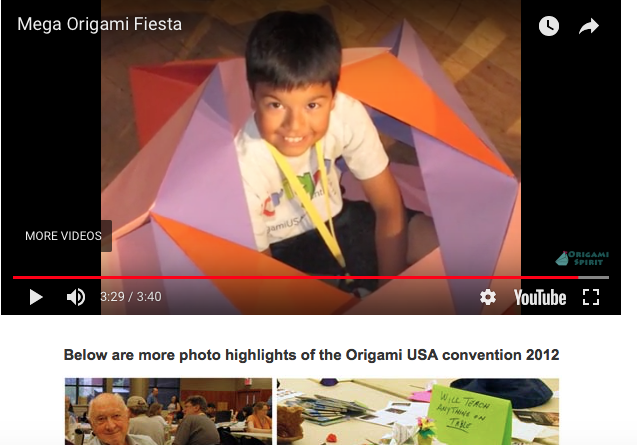Design Critique: NYC Ferry Mobile App
The NYC Ferry mobile app provides riders a “green”, on-the-go, alternative to purchasing and activating e-tickets and passes. The mobile app also provides maps and schedules, as well as real-time notifications and service alerts. Users have options to purchase a one-way with or without a bike, or a 30-day pass with or without a bike, […]
Design Critique: NYC Ferry Mobile App Read More »

